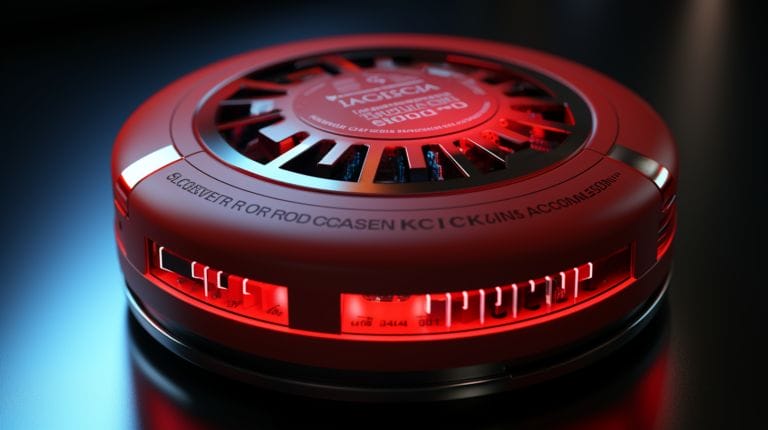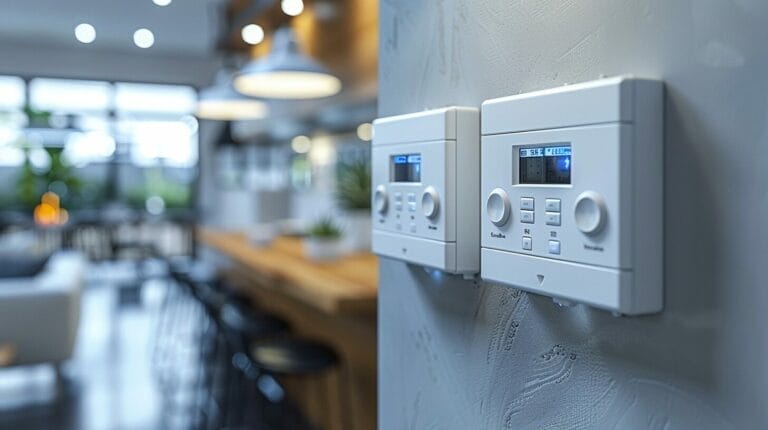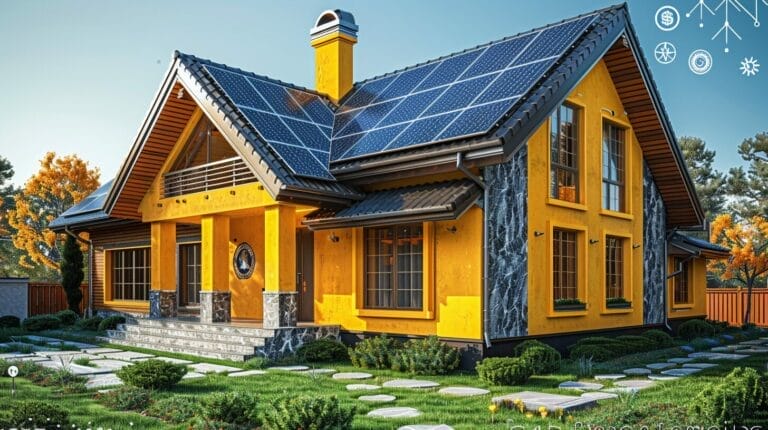How to Install PV Panels on Roof: Harnessing Solar Heights
When it comes to harnessing solar energy through PV panels on your roof, a systematic approach is essential for a successful installation. From evaluating your roof’s solar potential to ensuring a safe electrical connection, each step plays an important role in maximizing the benefits of solar power.
As we navigate the intricate process of mounting panels and optimizing energy conversion, it’s important to take into account the long-term impact and efficiency of your setup. Stay tuned to discover the intricacies of installing PV panels on your roof and maximizing the full potential of solar heights.
Key Takeaways
- Choose monocrystalline panels for high efficiency.
- Ensure proper roof assessment before installation.
- Securely mount panels with correct tools and equipment.
- Connect panels with weatherproof wiring for safety.
- Test the system and monitor performance post-installation.
Understanding the Basics of Solar Power and Different Types of Solar Panels for Your Roof

Venturing into the realm of solar power, we’ll cover the different types of solar panels suitable for roof installation. Monocrystalline panels, known for their high power output and efficiency, are a go-to choice for residential installations. Made from single-crystal silicon, they offer a sleek look when roof-mounted.
Polycrystalline panels, though slightly less efficient, offer a more cost-effective solution. These panels consist of multiple silicon crystals, resulting in a speckled blue appearance. Thin-film panels, while less efficient, offer flexibility and lightness, making them suitable for unconventional installations.
Choosing the right solar panel for your roof involves considering factors like budget, available roof space, and power output requirements. Proper mounting is also crucial to maximize efficiency and longevity.
Preparing for Solar Panel Installation on Your Roof: Key Considerations

Before plunging into the installation process, it’s vital to assess your roof’s suitability for solar panels. This involves considering factors such as roof orientation, tilt, and shading to determine optimal placement for maximum sunlight exposure. Understand the potential power output based on roof size and orientation to plan the number of panels required to meet your energy needs.
Legal considerations are as important as technical ones. Familiarize yourself with local regulations, permits, and building codes to ensure compliance. Safety should never be compromised; follow proper mounting procedures and use appropriate tools to secure the panels safely to your roof.
Essential Tools and Equipment for DIY Solar Panel Installation

To successfully install solar panels on your roof, you’ll need the right tools. Here are some must-haves:
- Drill with Bits: A powerful drill makes securing panels to your roof easier.
- Solar Panel Mounting Kit: Brackets and rails are necessary for secure installation.
- AC Voltage Detector: An essential safety tool for identifying live wires during installation.
- Weatherproof Sealant: Protect your panels against unpredictable weather conditions.
Remember, safety is paramount, so always use proper gear and follow installation guidelines closely.
Step-by-Step Guide to Installing Solar Panels on Your Roof

Begin by mounting the solar panel racking system onto your roof, following manufacturer instructions for placement and alignment. Connect the solar panels carefully, considering wiring routes for optimal exposure protection. Exercise caution while drilling into the roof to avoid damaging the material, and seal all drill holes properly to prevent leaks.
After securing the panels, set up the inverter to convert the DC power generated by the panels into usable AC power. Install the inverter according to the manufacturer’s guidelines, ensuring proper wiring connections. Test the system to confirm successful power conversion before connecting it to your home’s electrical system.
Post-Installation Tips: Maximizing Lifespan and Efficiency of Solar Panels on Your Roof

Maximizing the lifespan and efficiency of your solar panels involves regular maintenance and cleaning. Here are some tips:
- Regular Cleaning: Keep your panels free from dirt and debris to maximize sunlight absorption.
- Monitoring Performance: Stay on top of your system’s output to detect issues early.
- Professional Inspections: Schedule periodic inspections by professionals to preempt potential problems.
- Upgrading Technology: Consider replacing older panels to benefit from advancements in solar technology.
Conclusion
Overall, installing PV panels on our roof has been a rewarding experience. We’ve learned about the basics of solar power, prepared our roof for installation, and successfully mounted the panels with the right tools.
By following a step-by-step guide and implementing post-installation tips, we’re confident in maximizing the lifespan and efficiency of our solar panel system.
Harnessing solar energy has truly elevated our commitment to renewable energy and sustainability.
Frequently Asked Questions
How do I install solar panels on my roof?
To install solar panels on your roof, first, make sure your roof is suitable for solar installation by checking its condition and determining if it faces south, as south-facing roofs are ideal for maximizing sun exposure. Next, hire a professional electrician or solar installer to assess your roof and plan the installation process. The installation typically involves drilling stanchions into the roof, mounting the panels securely, connecting them to the solar inverter, and ensuring they are properly wired to your home’s electrical grid.
What factors should I consider before installing solar panels on my roof?
Before installing solar panels on your roof, consider factors such as your roof’s condition, orientation, shading from nearby structures or trees, weight capacity to support the panels, and local building regulations. It is also important to calculate the potential power output of the panels based on your location’s sunlight exposure.
Should I hire a professional to install solar panels on my roof?
It is recommended to hire a professional solar installation company or electrician to install solar panels on your roof. They have the expertise, experience, and equipment to safely and efficiently install the panels, ensure they are compliant with building codes, and optimize their performance.
Can I install solar panels on a cloudy roof?
While solar panels work best under direct sunlight, they can still generate electricity on cloudy days. It is important to place the panels where they can receive maximum sunlight exposure to harness the sun’s energy effectively, even on cloudy days.
Will installing solar panels on my roof increase my home’s value?
Yes, installing solar panels on your roof can increase your home’s value. Solar panels are considered a desirable feature that can attract potential buyers looking for energy-efficient homes with reduced electricity bills.







